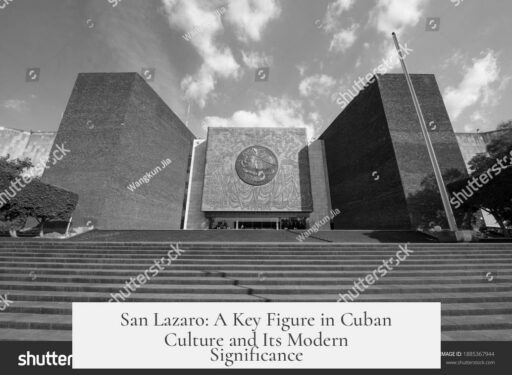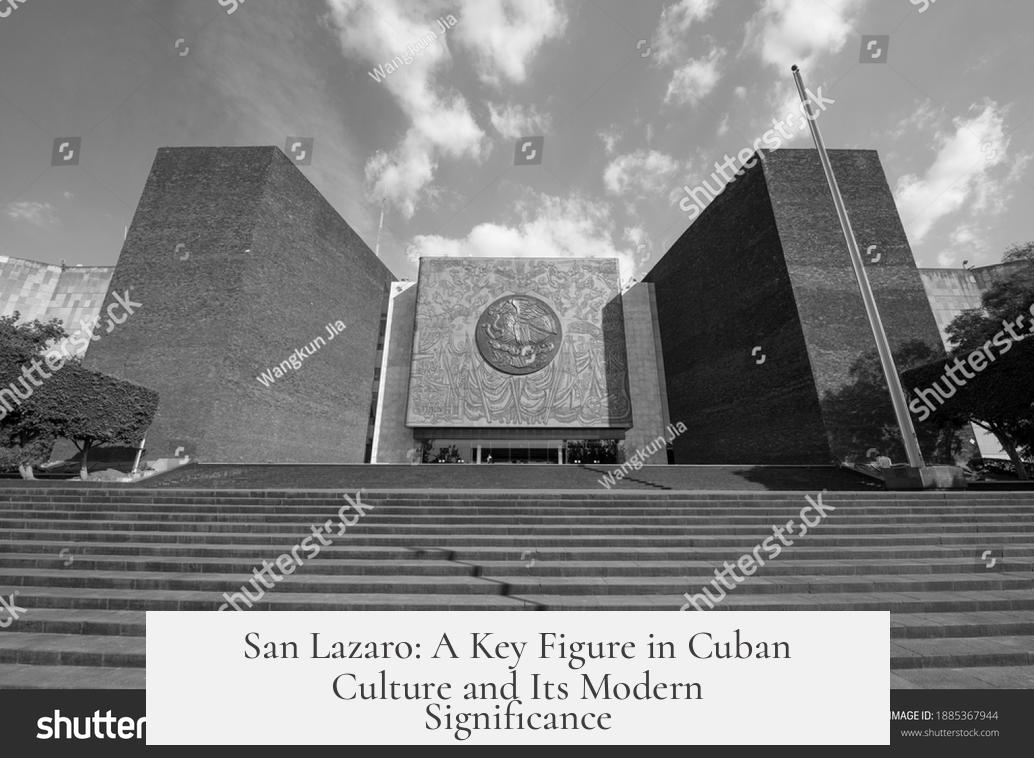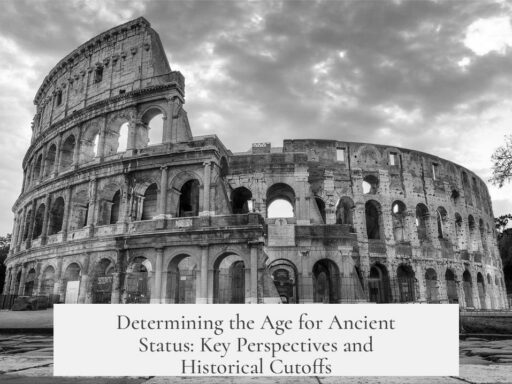San Lazaro holds a central place in Cuban culture by embodying a unique blend of religious and cultural elements. He represents a syncretism of three figures: two biblical Lazarus characters and the African Orisha Babalu-Aye. This fusion explains San Lazaro’s deep significance and enduring popularity in Cuba.
Cubans view San Lazaro as a combination of Lazarus of Bethany, the biblical figure resurrected by Jesus, and the beggar Lazarus from the parable of the rich man and the poor beggar. The Catholic Saint Lazarus is known for being raised from the dead after being sick and buried. Meanwhile, the beggar Lazarus appears in imagery with crutches, sores, and stray dogs—a vivid symbol familiar in Cuban neighborhoods and Miami communities alike.
On a deeper level, San Lazaro links directly to Babalu-Aye, the Orisha of illness and healing from Yoruba religion. Babalu-Aye’s attributes include healing smallpox, sores, and other diseases, making him a protector for the sick. When African slaves arrived in Cuba, they faced religious persecution and disguised their worship of Orishas by venerating Catholic saints with similar characteristics. San Lazaro became the perfect Catholic embodiment for Babalu-Aye because of his association with suffering and healing.
This syncretism gave rise to Santería, a faith that blends African spirituality with Catholicism. Devotees often seek help from Santeros, priests or mystics who offer guidance through rituals, readings, and prayers. These spiritual leaders suggest honoring San Lazaro or Babalu-Aye to cleanse oneself or to find solutions to pressing problems. Even Cubans who do not actively practice Santería often respect its traditions, reflecting the broad cultural influence San Lazaro commands.
San Lazaro’s importance also lies in his role as a figure of hope for healing and mercy. His image reflects resilience amid hardship and the blending of Cuban history, culture, and faith. Popular devotion continues in statues, prayers, and offerings, reaffirming his place in the collective Cuban identity.
- San Lazaro combines biblical Lazarus figures and the African Orisha Babalu-Aye.
- His depiction with sores and crutches relates to Babalu-Aye’s healing role.
- Santería uses San Lazaro to preserve African traditions within Catholicism.
- He is a symbol of hope, healing, and respect across Cuban society.
Why Is San Lazaro Such a Predominantly Important Figure in Cuban Culture?
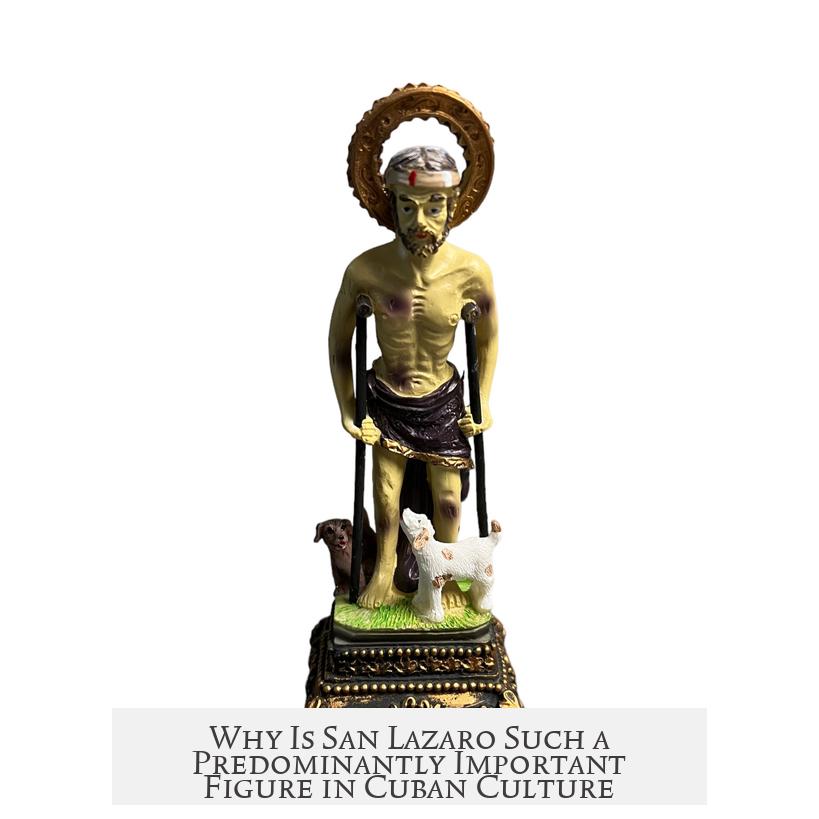
If you ask why San Lazaro holds such a big spot in Cuban hearts, the answer lies in his unique blend. San Lazaro represents a fascinating mashup of Biblical tales, African spiritual power, and cultural resilience. Let’s unpack this captivating story.
First off, San Lazaro for Cubans isn’t just one guy. Nope! He’s actually a combo of three different figures—two from the Bible and one from African religious tradition. This blend forms the powerful symbol that makes San Lazaro so important in Cuba.
The Three Faces of San Lazaro
The Biblical side comes in two flavors. One is Lazarus of Bethany, brought back from the dead by Jesus. Remember that story? Lazarus was gravely sick, his sisters sent word to Jesus, but by the time Jesus arrived, Lazarus had already died. Then—plot twist—Jesus raised him back to life. This kind of resurrection superhero is the Catholic Saint Lazaro.
The second Biblical Lazarus is a much humbler figure: the beggar Lazarus from the story about the rich man and the poor man. This Lazarus is the face you often see in statues around Miami and Cuba. Picture a scruffy beggar on crutches, covered in sores, with two stray dogs by his side. It’s a tough image, but it tells a powerful story of suffering, humility, and ultimate salvation.
The third, less obvious component is Babalu-Aye, an Orisha from African religion. He’s the spirit that looks after diseases like smallpox and helps with healing. When African slaves were brought to Cuba, their original beliefs got wrapped up in Catholic traditions to avoid persecution. Babalu-Aye found his face through the Catholic figure of Lazarus, blending history, faith, and survival.
Santería: The Secret Sauce Behind San Lazaro’s Popularity
Here’s where things get fascinating. Slaves in Cuba weren’t allowed to openly keep their African religions. So, a clever bit of cultural jujitsu happened. They adopted Catholic saints’ images to secretly honor their Orishas. This blend of Catholicism and African beliefs grew into Santería.
Babalu-Aye’s strong association with illness, wounds, and healing made Lazarus—the Biblical figure full of sores—the perfect face for this Orisha. Seeing these sores wasn’t scary for Cubans; it was a symbol of resilience, healing powers, and spiritual protection. It’s no wonder San Lazaro became a beacon of hope.
The Power of Syncretism: Why This Matters
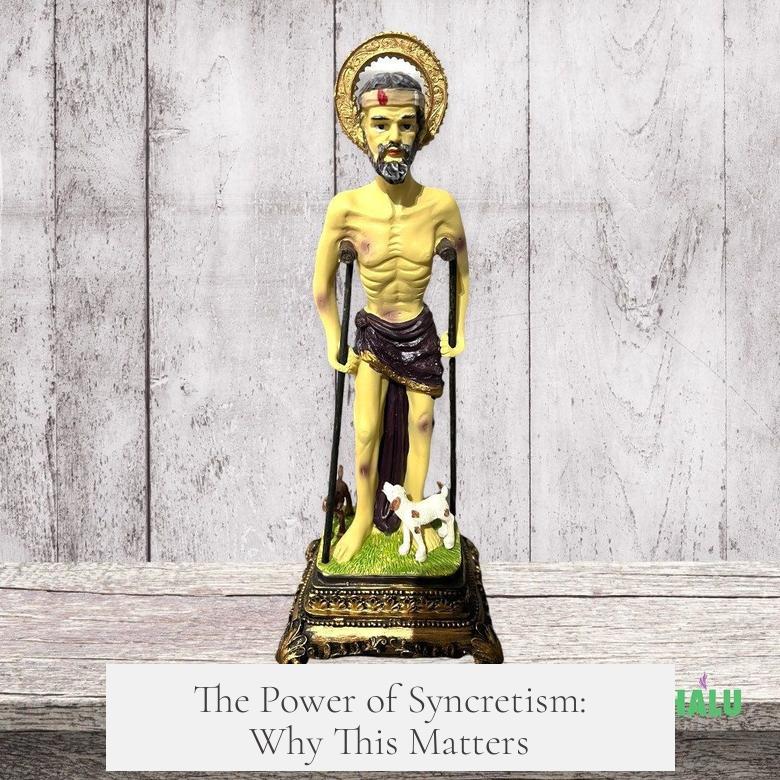
San Lazaro is a living example of syncretism, the mixing of different customs and beliefs. This isn’t just a clever cultural trick. It’s a survival mechanism and a spiritual lifeline.
Imagine being uprooted, forced to give up your original faith, yet still craving connection to your roots and healing. This blending gave Cuban people—especially descendants of African slaves—a way to carry forward their heritage without risking punishment. That’s powerful, isn’t it?
San Lazaro’s Role in Modern Cuban Life
Even today, many Cubans turn to San Lazaro when faced with tough problems. When something seems unsolvable, people visit a Santero—a kind of priest or mystic in the Santería tradition. Whether devout or skeptical, approaching San Lazaro feels like turning to an old friend with magical healing powers.
Santeros vary widely. Some strictly follow African traditions and rituals. Others act more like mystics with a cocktail of spiritual practices—reading tarot cards, analyzing coffee grounds, or interpreting seashell patterns. This flexibility makes San Lazaro’s worship accessible to many types of believers.
A popular Cuban saying sums it up: “I don’t believe in it, but I respect it.” That respect speaks volumes about San Lazaro’s cultural significance. His image—whether as healing saint, humble beggar, or mighty Orisha—is woven deep into Cuban identity.
What You Can Learn From San Lazaro’s Story
If you ever find yourself feeling stuck or in need of healing—not just physically but spiritually—consider San Lazaro’s example. His story teaches resilience through hardship. It highlights the beauty of blending traditions to create new paths for hope and support.
Visiting a Santero might sound exotic, but at its core, it’s about community, belief, and care. Whether you’re into rituals, offerings, or simply praying, the essence is universal: faith in healing and transformation.
Final Thoughts: The Magic Behind San Lazaro
San Lazaro’s importance in Cuban culture isn’t about just one story or one tradition. It’s about a clever fusion of:
- The Biblical miracle of resurrection.
- The humble life of the beggar Lazarus.
- The African Orisha Babalu-Aye’s power over disease and healing.
This blend reflects Cuba’s complex history—a history of struggle, faith, and cultural resilience. San Lazaro stands tall as a cultural hero, healer, and spiritual icon in a land that knows a thing or two about overcoming adversity.
So next time you see an image of a crutch-bearing, sore-covered man with loyal dogs by his side, remember you’re glimpsing more than just a statue. You’re witnessing centuries of blending faiths, hopes, and hearts. That’s why San Lazaro is not just important—he is essential.
Why is San Lazaro represented as a beggar on crutches in Cuban culture?
This image comes from the biblical story of the rich man and the beggar Lazaro, who was poor and covered in sores. The beggar Lazaro symbolizes suffering and endurance, which resonates deeply with Cubans.
How is San Lazaro connected to the African spirit Babalu-Aye?
San Lazaro represents Babalu-Aye in Cuban Santería. Babalu-Aye is associated with diseases and healing, and slaves linked him to the Catholic Saint Lazaro to preserve their religious practices under colonial rule.
Why did African slaves in Cuba adopt San Lazaro in their religion?
Slaves blended their African beliefs with Catholicism to avoid persecution. They identified Babalu-Aye with San Lazaro because both figures relate to illness and healing, allowing secret worship of African gods.
What role do Santeros play in the worship of San Lazaro?
Santeros act as spiritual guides who perform rituals and offer advice. When facing tough problems, Cubans often visit Santeros who may instruct praying to San Lazaro or performing healing rituals.
Is the veneration of San Lazaro widely accepted in Cuba?
Not all Cubans practice Santería, but many respect its traditions. The figure of San Lazaro holds cultural significance even for those who do not actively worship him, reflecting a broad acknowledgment of his importance.
